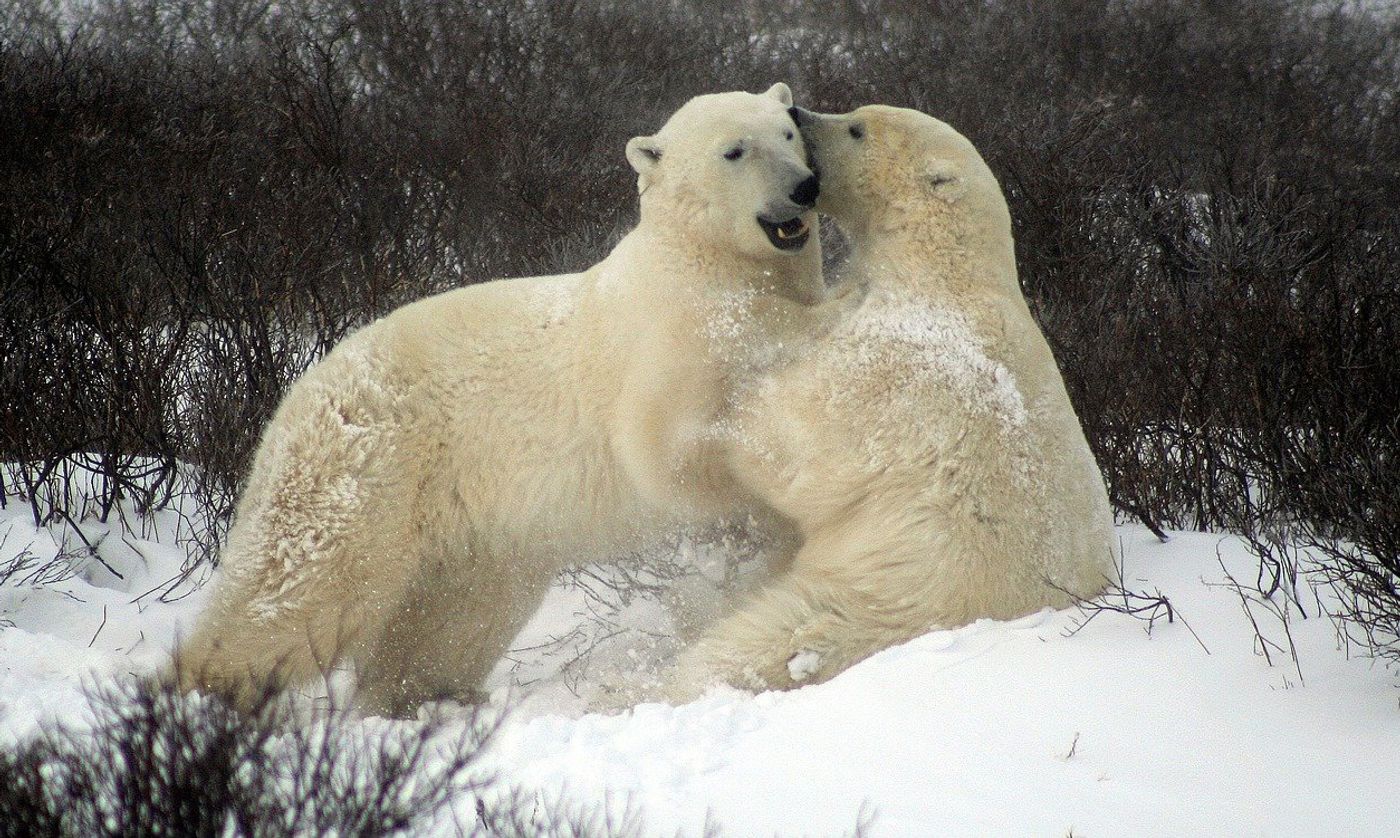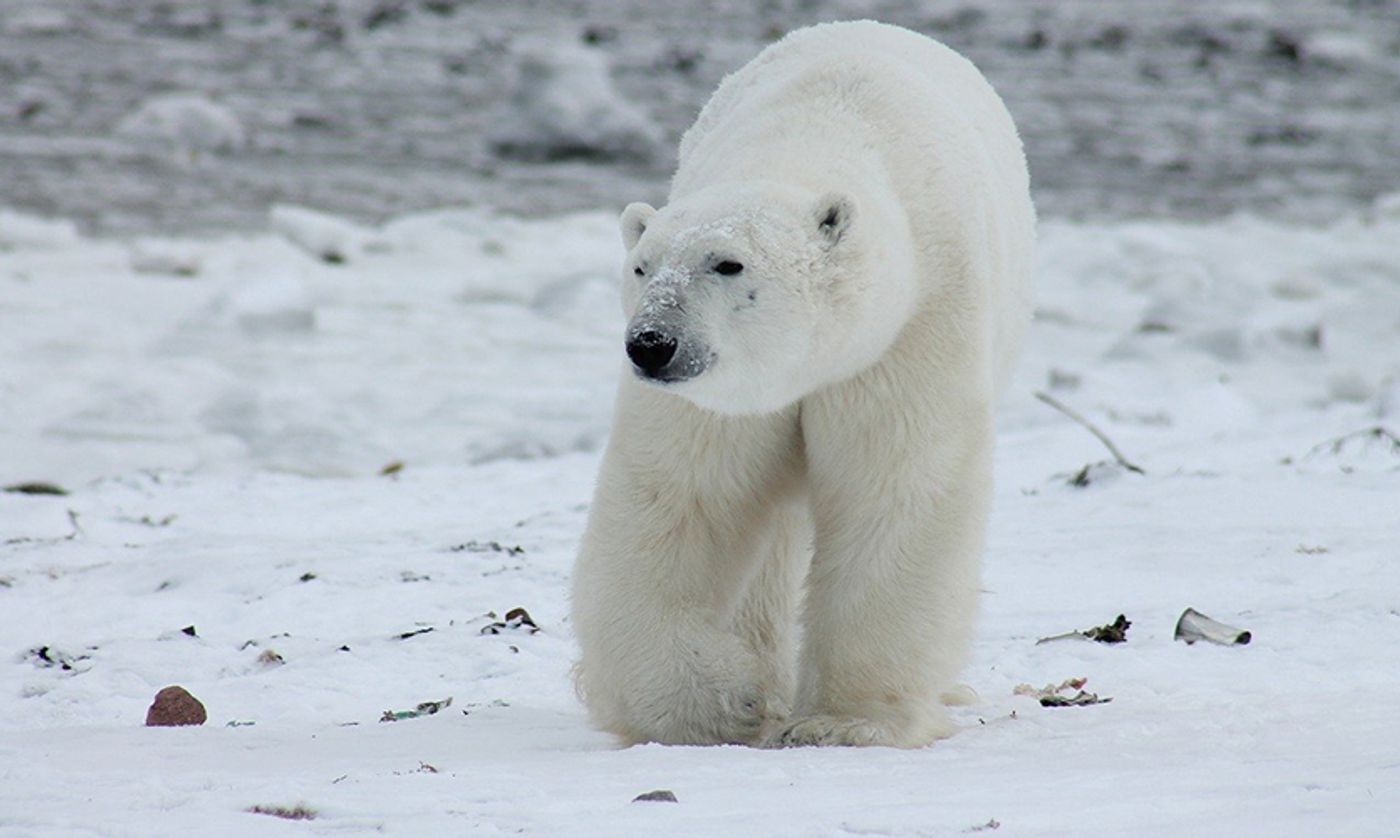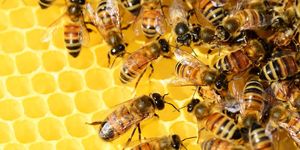3M Helps Solve Polar Bear Tracking Problem
As climate change continues to alter the Arctic landscape, polar bear research becomes more urgent. Observing animals in a land of sea ice, snow, and permafrost presents unique challenges. Observing large, active, and aggressive predators such as polar bears compounds these challenges. These difficulties led Polar Bears International (PBI) researcher BJ Kirschhoffer to reach out to his dad—Jon Kirschhoffer, a research specialist at 3M—for help.
BJ detailed the challenges of tracking polar bears and using tracking collars in a PBI article. He states that remote tracking is vital to understanding habitat use and movements, especially in remote or rugged habitats out on sea ice. However, satellite tracking collars are only used on females. He states that males’ necks are as wide as their heads, meaning collars would slip off. Subadult males and females are not collared because they grow quickly. Rather than use permanently attached tags or implants, researchers prefer temporary tag attachments as they are non-invasive.
So, he presented this challenge to his dad to see if 3M would be interested in tackling it. According to BJ, “they liked the environmental aspect and the chance to contribute to polar bear conservation.” He stated that the tagging method must be non-invasive, non-toxic, and temporary. The tag must withstand Arctic conditions—saltwater, snow, wind, and ice—for up to one year.
According to PBI, 3M began the “Tag a Bear Challenge” in November 2018 as a brainstorming session. Ideas were narrowed down through research, resulting in the “burr on fur” approach to catch and stick in polar bear fur. Throughout the two-year process, much of which occurred digitally this year due to COVID-19 restrictions, four prototypes were created and planned to be evaluated next year.
The new tags will provide information about polar bears of all sizes of females and males, hopefully closing nagging data gaps. In a statement from 3M, PBI executive director Krista Wright stated, “As the Arctic continues to warm and sea ice melts, creative and innovative advances in research methods and technology are critical to furthering conservation efforts—for polar bears and for wildlife around the globe.”
Sources: Polar Bears International, 3M










